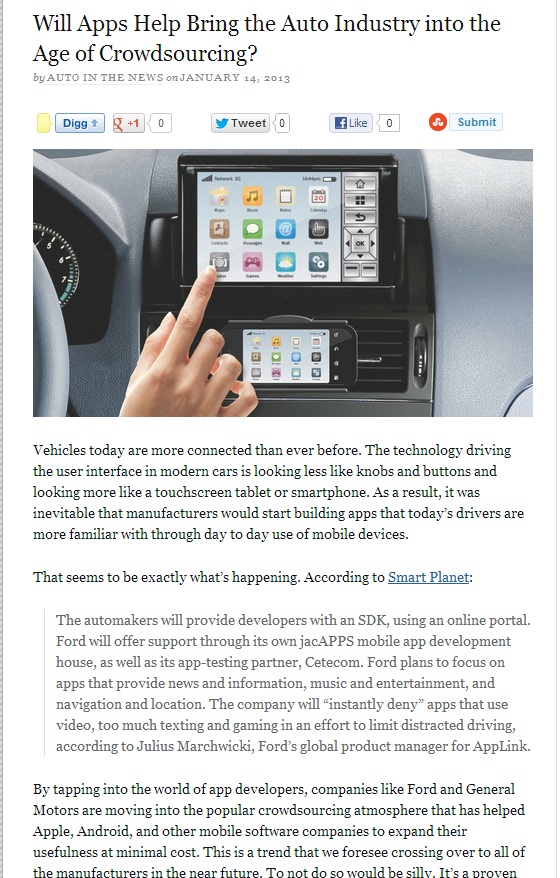“How about a magic trick? I’m gonna make this keyword disappear.”
*SMASH*
“TA DAA! It’s…It’s gone.”
The famous scene from The Dark Knight applies very nicely to black hat search engine optimization tricks today. Those who are still trying to “beat the system” are running into roadblocks, landmines, and deranged Google employees willing to take out your metaphoric eyeball with every slight of hand technique they find. The face of SEO today is completely different than what it looked like a couple of years ago when spammers were rewarded and automated SEO reigned supreme.
Today, anything that smells like a trick should make website owners run in fear.
Search engine optimization is no longer a distant cousin of social media marketing. The two are meeting in the middle with quality content as their cornerstone and earned “love” at their hearts. Link-building is being replaced by link-earning. Bulk likes, retweets, and +1s are being muscled out by organic likes, retweets, and +1s. It’s about earning trust, not faking it. That’s why search engine optimization as an art and science is alive and well.
One thing must be understood. Google has never and will never hate search engine optimization. They have maintained the same stance for years, that their job is made easier by those who help websites tell the world and the web crawlers exactly what a website does, who it serves, and what it offers. Their war has always been with black hat techniques. Their algorithm adjustments are designed to identify these black hat techniques and those silly enough to still be using them.
This is important to understand. So many are starting to shy away from the “evils” of search engine optimization because they believe they run a risk of being hurt by it. On the contrary, truthful and organic search engine optimization is more powerful today than it ever has been. The smack down that Google and Bing have been laying on the spammers over the last couple of years means that those who stay true to what Google and Bing want have the ability to rise higher than ever before. In many cases, these updates have shown that the right listings on websites using the right techniques are moving up without doing anything in particular because their competitors are being forced down by their actions.
Now is not the time to give up on search engine optimization. Every week there will be new articles that declare the death of SEO. These articles are written by those who have found that their black hat techniques aren’t working like they used to and that their rankings are plummeting. As a result, their conclusion is that SEO is dead when in fact real SEO has never been more relevant.
Focus on quality, earn your links and social signals, and think about your visitors first. Google and Bing have rewards that will satiate desires both subtle and gross for those who do things the right way. They’ll bring down furious vengeance upon those who try to manipulate the system with magic tricks. If it sounds black and white, that’s because it is.





